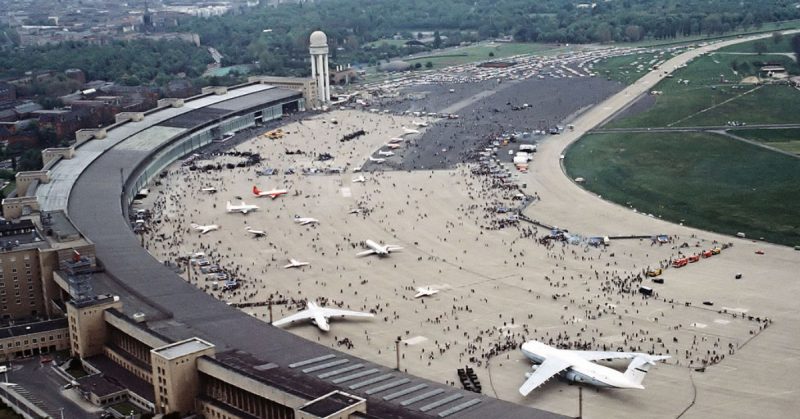The Germans decided to build a new airport at Tempelhof – one that would showcase the vast might and grandiosity of the Third Reich.
Tempelhof Airport in Berlin was, for many years, one of the largest and most impressive buildings in the world.
During the 20th century, it served a great number of significant historical functions, from being the site of pioneering flight techniques to a symbol of the Third Reich power and a concentration camp to an American military base during the Cold War era, as well as serving as a standard commercial airport.
A few years after the Cold War ended and the Berlin Wall came down, it was decided that Tempelhof – which covers an area of over 3.2 million square feet and which had around 9,000 rooms – would be closed down. A new airport, the Berlin-Schönefeld, opened to take over Tempelhof’s role.
While the huge building was officially decommissioned in 2008, parts of it are still in use by various businesses and the German Police Force. It is also being used to house refugees from Syria and Iraq.
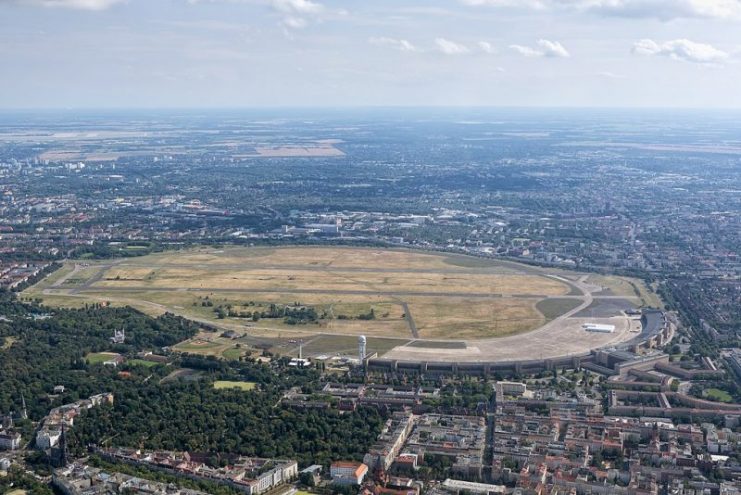
The site on which Tempelhof airport is located is steeped in history. The name “Tempelhof” is derived from the fact that the land the airport is on was once owned by the Knights Templar, the legendary order that was active during the era of the Crusades.
Later, during the eighteenth century, the site was used as a parade ground for the Prussian Army, and then by the German Army up until the outbreak of the First World War.
In the last decades of the 19th century, the airfield was used to launch several important weather balloon experiments, and one of the pioneers of flight, Orville Wright, flew one of his airplanes there in 1909.
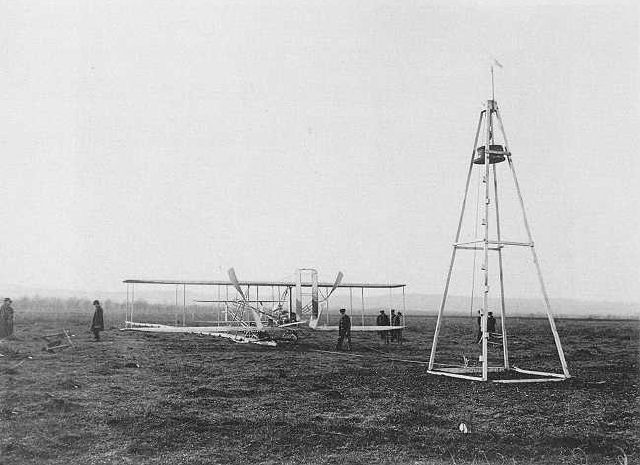
The original Tempelhof airport was designated as such in 1923, while the main airline of the Weimar Republic, Deutsche Luft Hansa, was founded at Tempelhof in 1926. Then, in 1927, Tempelhof became the world’s first airport to feature an underground railway.
When the NSDAP came to power, they decided to build a new airport at Tempelhof – one that would showcase the vast might and grandiosity of the Third Reich. What better place to project this aura of power than the very first piece of ground a foreign visitor steps onto when they land in your country?
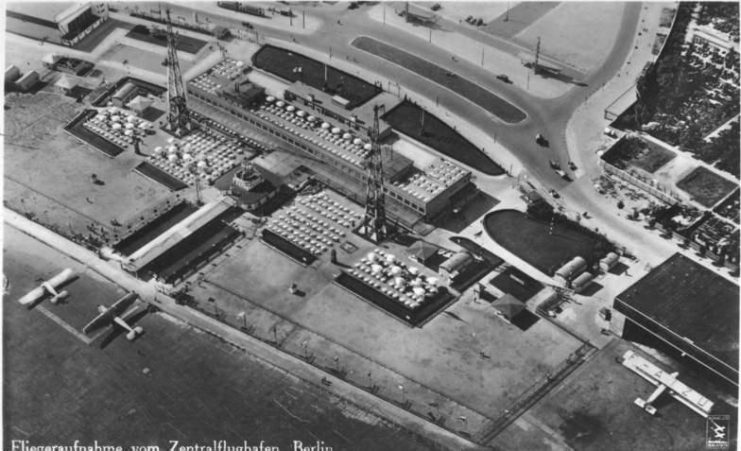
For this monumental task, Hitler appointed Albert Speer, the architect who would later become Reich Minister for Armaments and War Production.
The new airport terminal was designed by Speer and another German architect, Professor Ernst Sagebiel. It was built between 1936 and 1941.
The structure attracted worldwide attention for the magnificence of its architecture and the boldness of its scope, leading the new, gigantic terminal to be described as “the mother of all airports” by British architect Norman Foster.
Hitler had certainly succeeded in wowing the world with this particular feat of architecture and engineering.
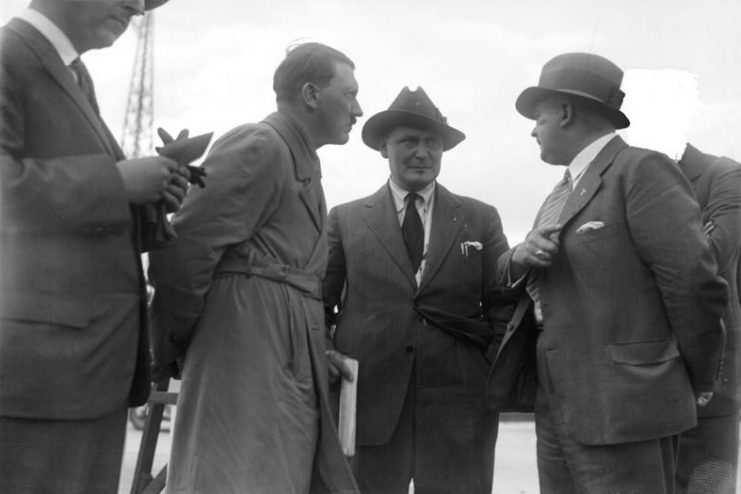
However, prior to the Second World War, the space which the massive new airport terminal occupied had been the site of dark and monstrous deeds. The enormous terminal was not only a showcase of power, it was also built on the ground formerly occupied by the notorious – and, today, largely forgotten – Columbia Concentration Camp.
This camp had been established in 1933, the year Hitler came to power. A building at Tempelhof that had formerly been a military prison was converted into a concentration camp.
From 1933 to 1936, various people were imprisoned at Columbia Concentration Camp, from political opponents of the regime – intellectuals, trade unionists, communists, and members of opposing political parties – to people the Nazis deemed undesirable, such as Jews, homosexuals, and other minorities.
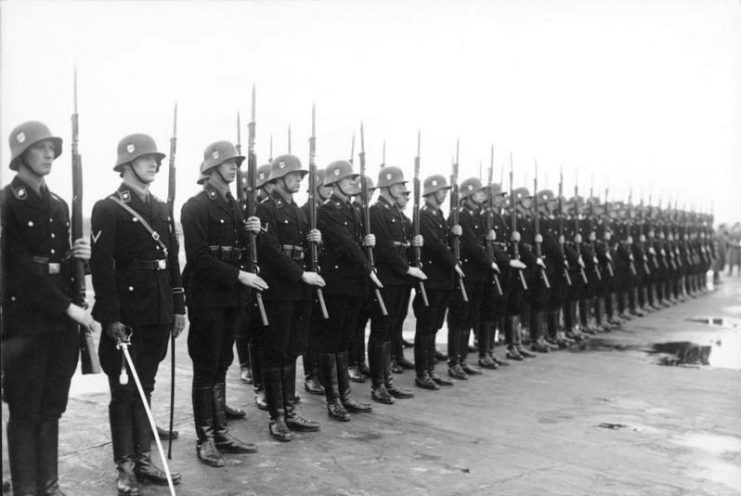
The inmates of Columbia were not only forced to work as laborers, they were also brutally tortured. The concentration camp was used as a “torture training school” where new methods of torture could be tried out and taught to leaders of other concentration camps.
Often inmates were kept only for a few weeks and then released so that they would spread fearful stories about the Nazi regime and hopefully frighten their friends and compatriots out of rebelling.
Hitler’s hopes and plans for Tempelhof Airport were never fully completed. Even with the airport being as massive and as impressive as it was, he still wanted it to be bigger. Plans were drawn up for a giant waterfall, a huge office block, and a stadium that could seat up to a million people. None of these plans were ever completed.
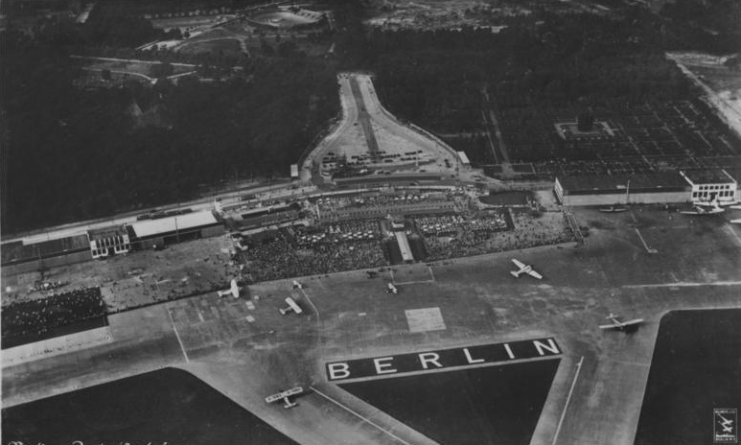
During the Second World War, Tempelhof Airport was used as a bomb shelter when the Allies dropped bombs on Berlin, but the airport itself was not bombed.
Tempelhof was not used as a military airport by Germany during the war, although they did construct a number of military aircraft there. A lot of the work done was undertaken by forced labor.
Toward the end of the war, the Soviet Army took Tempelhof Airport in the Battle of Berlin, and the Red Army troops liberated the forced laborers housed there. Soviet troops, motivated by rumors of hidden treasure, searched every inch of the airport but found nothing.
However, when blowing open the entrance to one of the underground bomb shelters, they inadvertently started a fire in the airport that lasted for several weeks.
The Soviets handed Tempelhof Airport over to American officials in July 1945, and the American military used it to fly in supplies to Berlin during the Soviet blockade. Allied military aircraft airdropped thousands of tons of food and supplies into Berlin until the end of the blockade in 1949.
After that, Tempelhof airport was used as both an American military base and a commercial airport for Berlin.
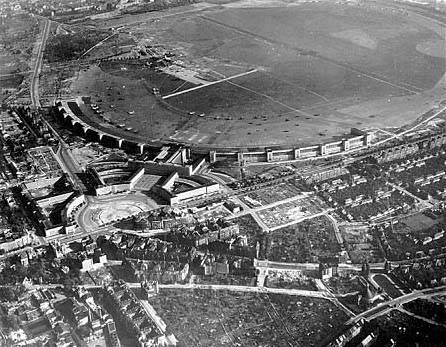
After Tempelhof’s official decommissioning on October 30, 2008, although flights ceased to operate from the airport, the space remained in use. In addition to housing police offices and a number of businesses, the airport has also been used as a film set for a number of Hollywood films, an exhibition center, and a park.
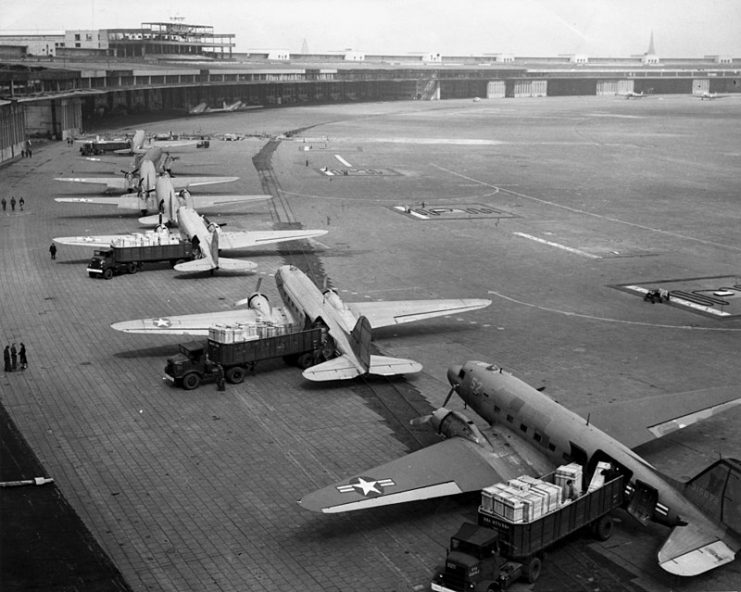
It was also home to Germany’s largest refugee center. At one point, almost 3,000 refugees from Syria and Iraq were housed there. This is not the first time the airport’s space has been used to house refugees, though. During the Cold War, it was used as a shelter for thousands of East Berliners who fled to West Berlin in 1953.
Currently, a couple of hundred refugees are housed there. It seems that, for the foreseeable future, Tempelhof will remain as it is, with neither construction nor demolition planned for the site.
